Shipping in ERP: Where the Rubber Meets the Road
For many businesses, shipping is where the rubber meets the road. We can talk about bookings and production efficiency but until something ships, none of it counts. Let’s take a look at shipping and try to ensure we have a completely functioning shipping ERP module working on our side.
Shipping in ERP depends on knowing what is on hand or when it will be complete and ready. Our ERP must provide real-time data that is instant and accurate. The good thing is that any modern ERP is capable. Unfortunately, not all of us are flawlessly executing the transactions in real time which means our data might not be accurate.
Perfect Shipping, Every Time
Perfect shipping means that every line of a customer’s order ships completely and on time. When our customer orders five items on an order and we ship four of them on time and give him an IOU for the fifth, he might not be able to use the four until the fifth one ships. Some might look at that small sample and say we were 80% on time. From the other side, we were 0% on time. Fully functioning shipping implies there is a measure defining “fully functioning”. On-time shipping is a common measure but not necessarily the best for our business and our relations with our customers. Find measures that match your goals and track them through your ERP.
Most of today’s ERP systems will integrate with UPS and FedEx and other parcel carriers. Many can integrate with LTL and truckload carriers too as well as brokers and forwarders. If we look ahead at when a product will be ready for shipment and compare that to when and where the customer wants delivery, we can predict the size and weight of our shipment and plan ahead for the optimum shipping method.
For many businesses, shipping is where the rubber meets the road. We can talk about bookings and production efficiency but until something ships, none of it counts.
Think about where we should ship from. Maybe we usually produce a product in our east plant because it costs 1% more to make it at the west plant. But if it costs 2% less to ship from the west plant, the better ship point isn’t necessarily where we usually produce it.
Packaging is a part of shipping too. Is the product optimally wrapped? Or are we shipping a lot of air with the product because we used a box we happened to have already? Consider adding packaging to the bill of materials within your ERP system to ensure you have the right packaging on hand to meet the shipping schedule.
You may have thought shipping was simply slapping a label on the package and you’re done, I hope by now you have expanded your concept of shipping and the role ERP can play in the process.
Free white paper
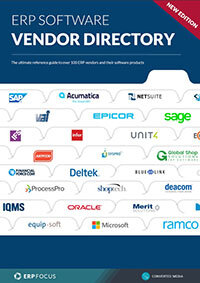
ERP Software Vendor Directory
Put the most comprehensive ERP vendor directory on your desk today
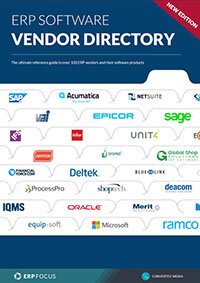
Featured white papers
-
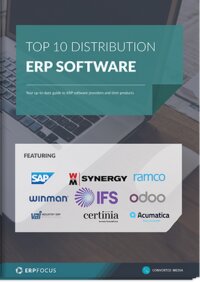
Top 10 Distribution Software Comparison
Compare the best distribution ERP systems available today
Download -
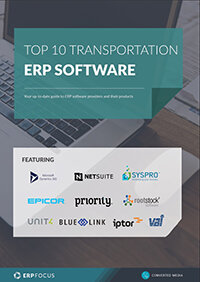
Top 10 Transportation ERP Software Comparison
Get your free comparison of the top 10 transportation ERPs
Download -
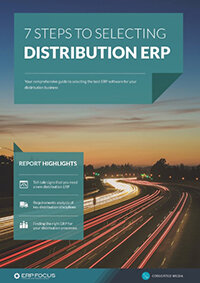
7 steps to selecting distribution ERP
Get expert advice on distribution ERP selection and requirements analysis
Download
Related articles
-

ERP for Food Distributors: Key Functionality
In a modern world where products are tailored to consumers, why should ERP for food distributors ...
-

CMMC Compliance: What Aerospace and Defense Manufacturers Need to Know
Key insights on CMMC compliance, deadlines, and securing DoD contracts with CMMC 2.0 certificatio...
-

Nine signs you need an eCommerce ERP integration
A guest blog from Brightpearl discussing eCommerce ERP and integration

